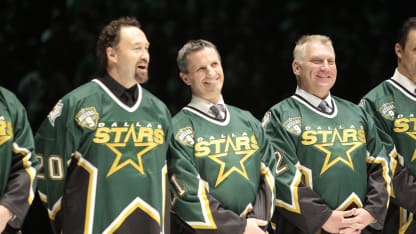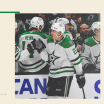Guy Carbonneau's heyday was in Quebec.
A talented kid from Sept-Iles, Carbonneau went on to win two Stanley Cups, three Selke Awards, and serve as captain of the Montreal Canadiens, and those are the memories that will be talked about most when Carbonneau is inducted into the Hockey Hall of Fame Monday in Toronto.
But getting to spend the last five seasons of his career in Dallas? Well, yeah, that was Hall-of-Fame worthy, as well.
Why Carbonneau's stop in Dallas proved huge in path to Hall of Fame
The forward made a name for himself in Quebec but became a major piece of the Stars in his final years
Guy Carbonneau's journey to Hockey Hall of Fame
Guy Carbonneau inducted into Hockey Hall of Fame
Carbonneau, Zubov receive Hockey Hall of Fame rings
Carbonneau elected for Hall of Fame's 2019 class

© Glenn James/Getty Images
Carbonneau receives HOF jacket in special ceremony


















